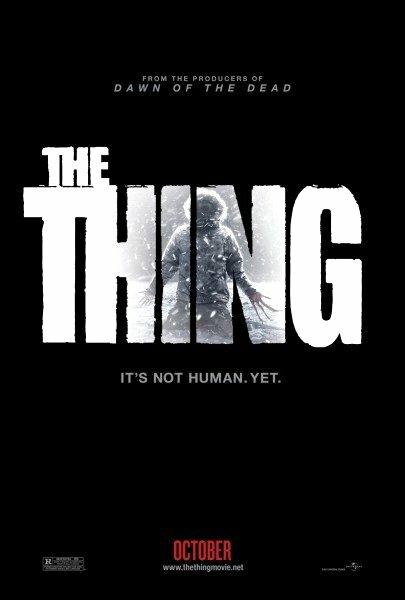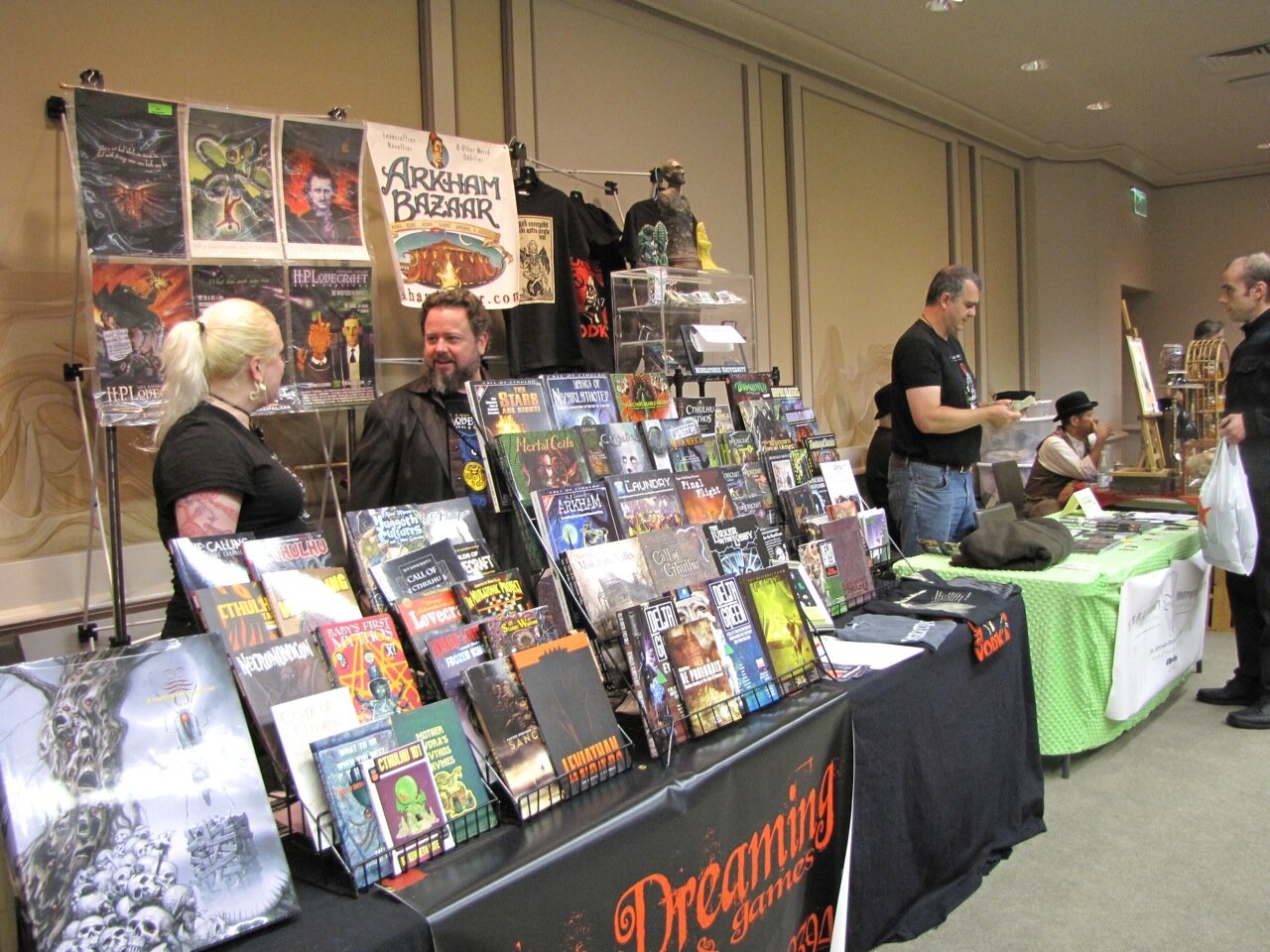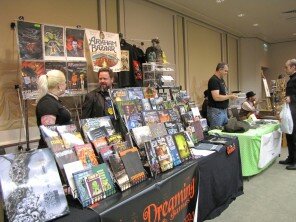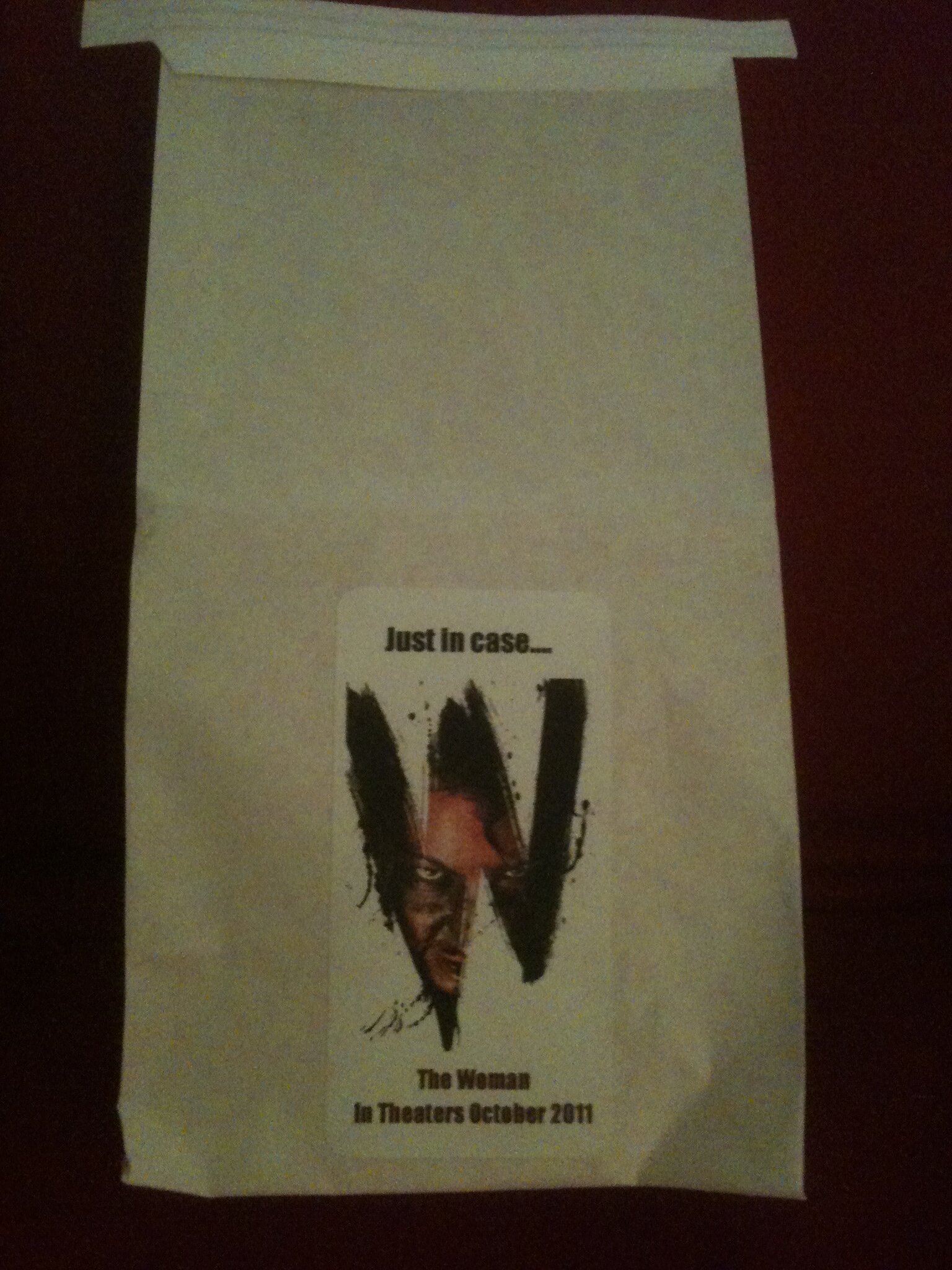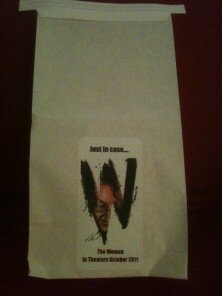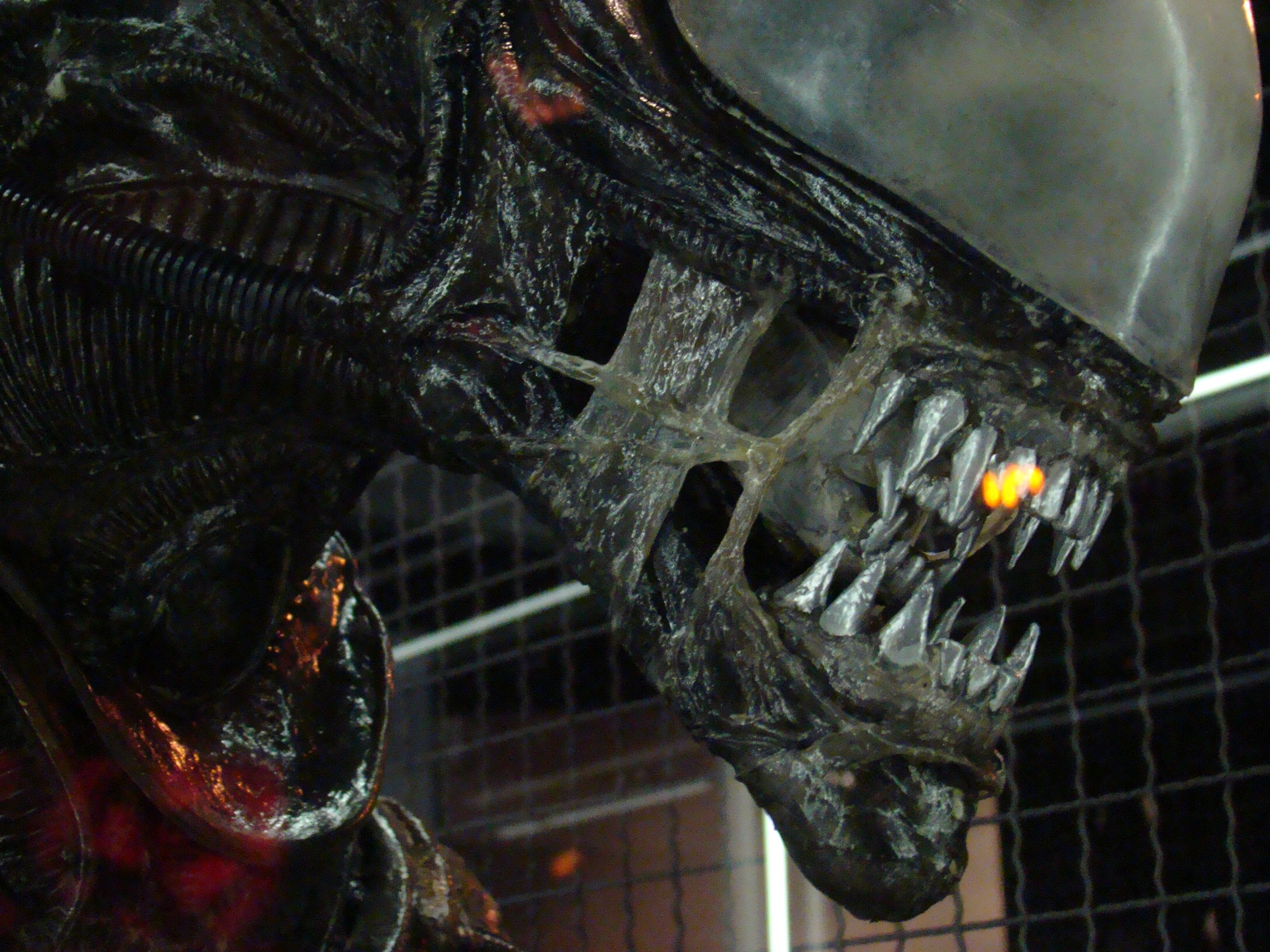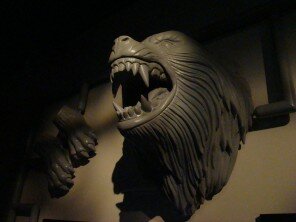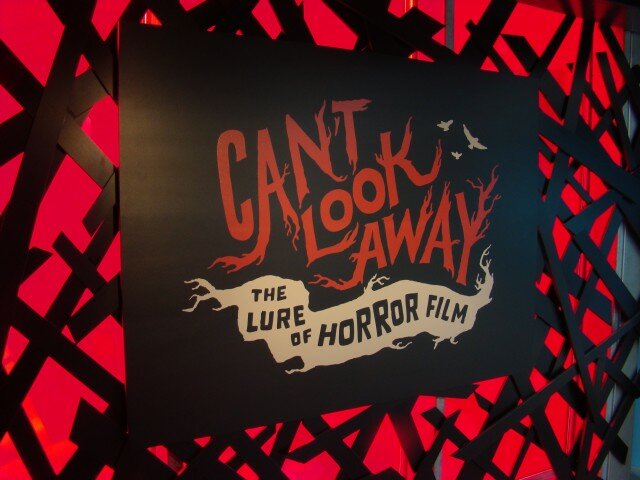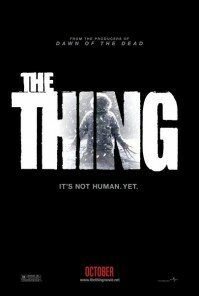 [Just in time for Halloween, SunBreak contributor Andrew Hamlin took in the just-released prequel to the 1982 John Carpenter sci-fi-horror classic, The Thing. Here’s his assessment.–Ed.]
[Just in time for Halloween, SunBreak contributor Andrew Hamlin took in the just-released prequel to the 1982 John Carpenter sci-fi-horror classic, The Thing. Here’s his assessment.–Ed.]
Matthijs van Heijningen, Jr.,’s The Thing ends, or nearly ends, with a female face behind a windshield. She’s exhausted. She’s stranded. Her future is to put it mildly, uncertain. But she’s reasonably confident that she’s won the battle she ventured out into the Antarctic cold, to wage. If death overtakes her, here, and now, she could say to herself, “I’m reasonably sure it was all worth it.”
She’s Kate Lloyd, played by Mary Elizabeth Winstead. And her presence in this sequel/prequel/pre-make gave me hope for the whole business. In case you’ve been following Occupy Wall Street or doing something else crucial with your time, the new Thing shows what happened just prior to the action in John Carpenter’s The Thing. And if you haven’t seen the Carpenter’s take, you’re missing out on one of the most phenomenal horror films of the American 20th century. Go watch it right now.
Winstead’s the poster girl for fortitude and even grace under pressure. Carpenter’s film had it over this one in claustrophobic atmosphere, slowly mounting horror, and sheer insanity of the special effects (kudos to Rob Bottin and Stan Winston). But here Winstead stands out, not only as one of the few women on a male-dominated expedition, but as the voice of reason and sensibility. That becomes all the more important as the Thing unfreezes and her expedition-mates start sprouting new limbs, eyes, ears, fangs, claws, and assorted appendages both useful and simply gross.
I’ve had a soft spot for Matthijs van Heijningen, Jr., since he worked as a set decorator on The Lift, a film about a killer elevator, a film one of my friends objected to so strenuously that he fastened his hands around my throat and squeezed. This Thing‘s his first feature film as director and he manages perfectly competently, except for that whole bit where the Thing gets lose from its block of frozen ice for no reason at all. I repeat: No reason at all. Somebody feel asleep at the Microsoft Word on that one, and I should probably blame writers Eric Heisserer and Ronald D. Moore, but van Heijningen, Jr., let it pass on his watch.
The new Thing has taken a lot of slag for recycling the old Thing (ignoring the really old Thing from 1951) and guess what? Said slaggers have a point. But guess what again? The new Thing makes a point by refusing (except for Winstead) to change. Birth, death? Cyclical. Parasitic invasion? Cyclical. The bubble and the burst of economies large and small? Cyclical. Government corruption? Cyclical. Financial corruption? Cyclical. Outpourings of people onto the street because they can’t take it anymore? Cyclical.
The “Thing” of it, you see, is that inventing a new plot or new twists would run contrary to the principles of society, history, and culture. By this bold stance, the latest Thing must be counted a bold commentary on everything that counts: Although if you want something inconsequential like a great film, stick with Carpenter.
